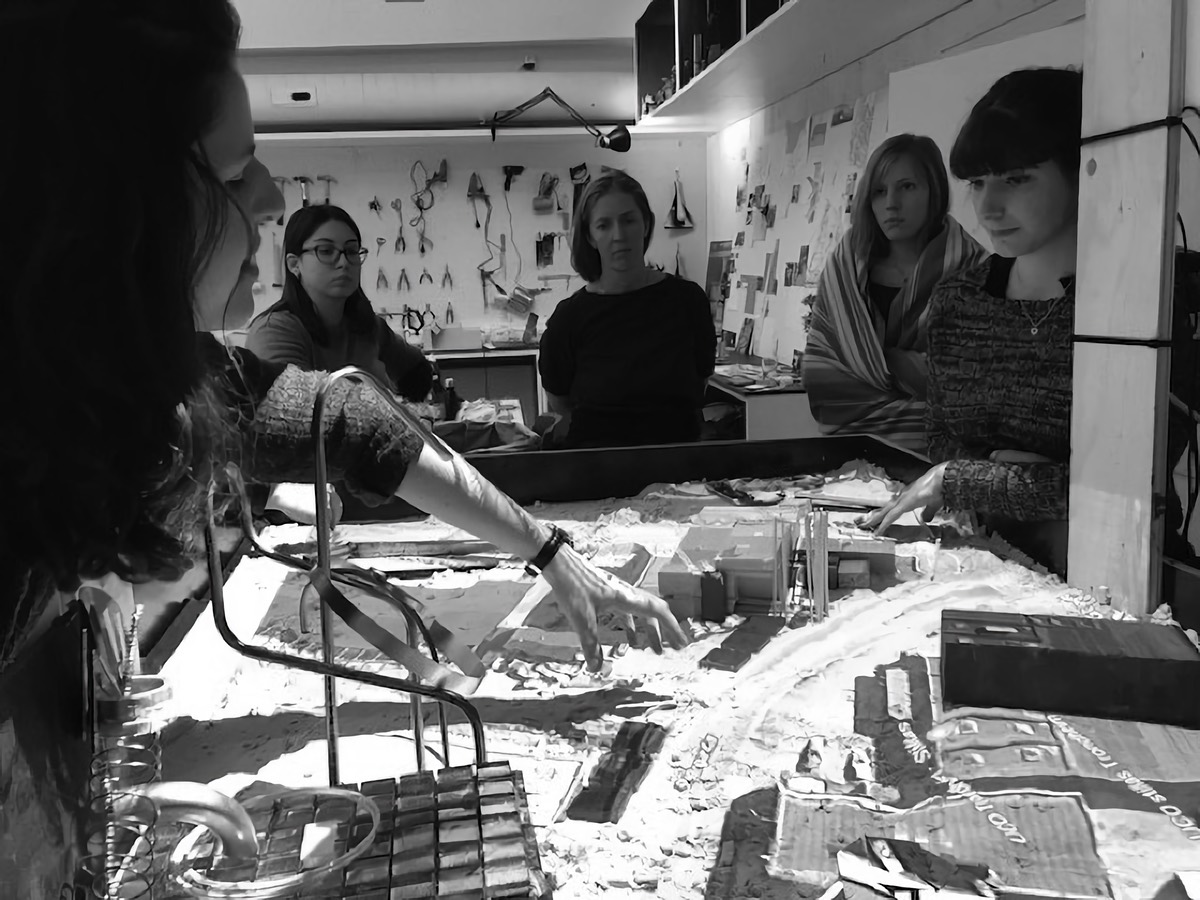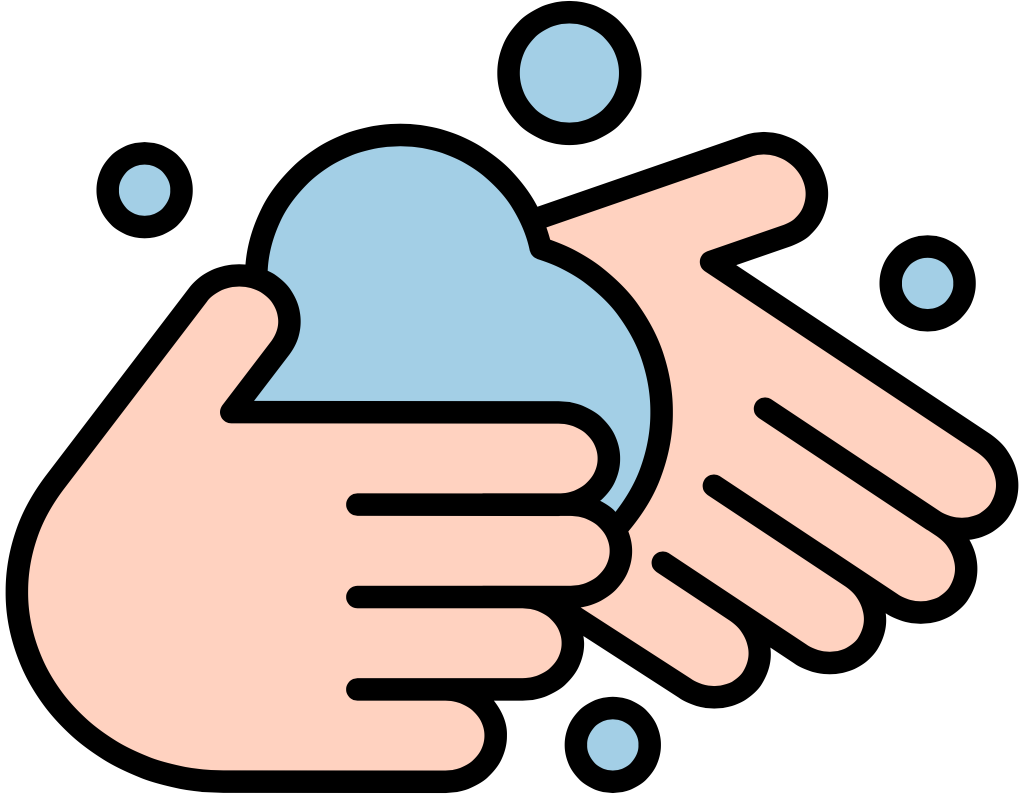Downloads
DOI:
https://doi.org/10.51588/eaaeacp.19Keywords:
architecture, durability, cognition, thought, poetryAbstract
Our understanding of the world is manifested in what we make and produce. Through the last 250 years there has been a change in the understanding of man´s place in the world. Our way of building is characterized by market economy and controlled production processes — as if we can control everything through our consciousness. Both the given nature and what is transferred to us through history, are regarded as resources made for us. Today our understanding of the world makes the cities more and more similar. This understanding of nature and culture challenges our human conditions.
As human beings, we are embedded in the place, according to both Martin Heidegger and Maurice Merleau-Ponty. In line with their understanding the Norwegian architect and theorist Christian Norberg-Schulz argued, for instance in Stedskunst (1995), that it is the qualities of the place we identify with, and which makes it possible for us to feel at home.
How to Cite
Published
Issue
Section
License
Copyright (c) 2019 Gro Lauvland

This work is licensed under a Creative Commons Attribution 4.0 International License.
References
Arendt, Hannah, The Human Condition, Chicago: University of Chicago Press 1958
Merleau-Ponty, Maurice, in The Phenomenology of Perception, London and New York: Routledge Classic 1962
Rosbottom, Daniel, see: : https://www.tudelft.nl/en/architecture-and-the-built-environment/about-the-faculty/professors/prof-dj-rosbottom/. Date: 1st of July 2019





